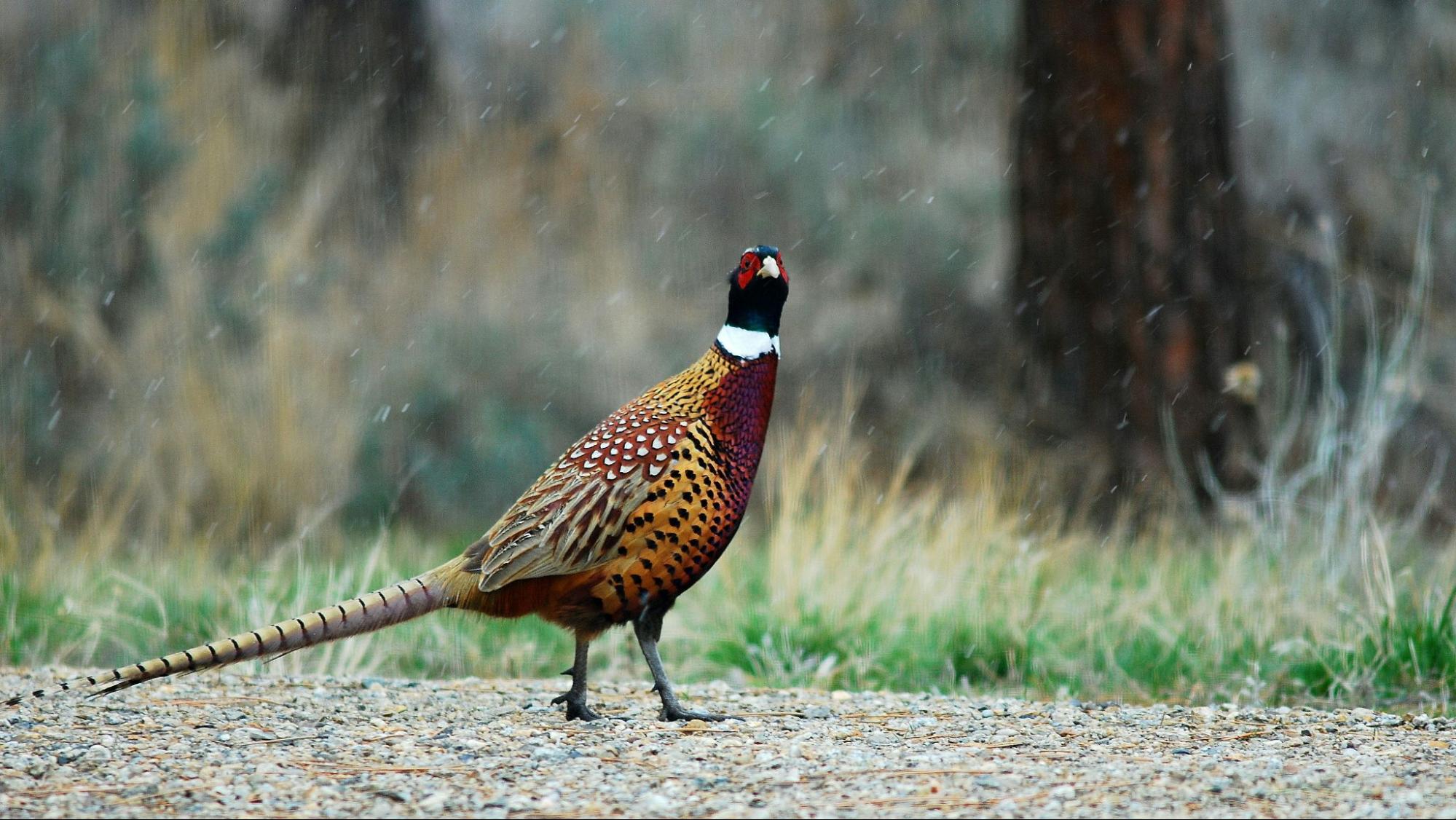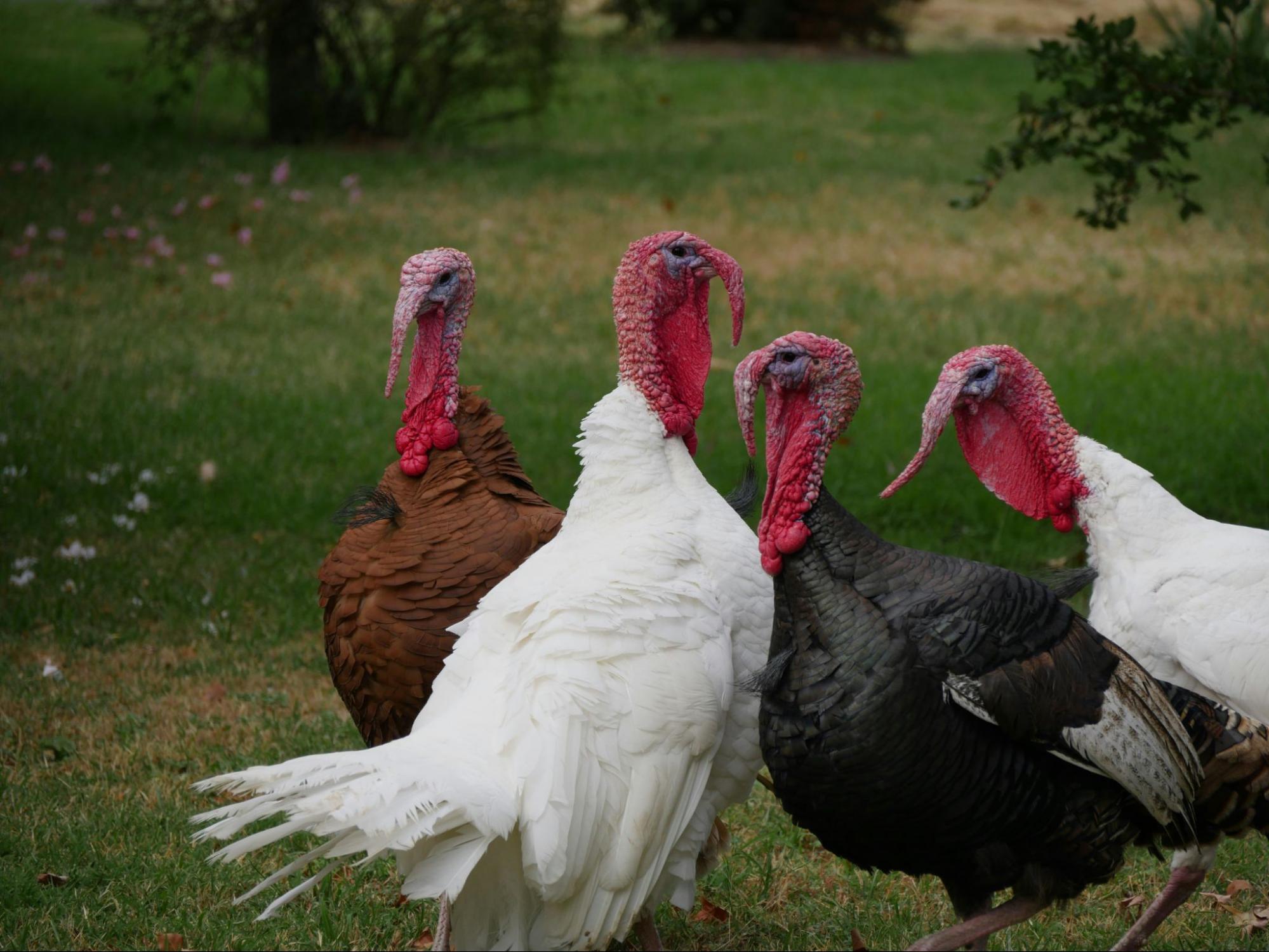Selecting a Poultry Breed
What makes the perfect breed of poultry for your flock? This guide cuts through the complexity, focusing on crucial considerations to help you make an informed choice.
By identifying each breed's unique traits and matching them to your specific needs, you’ll seamlessly find a breed that complements your goals.
The Basics
A breed of chicken is a family of birds that have the same general size, shape, and carriage. All birds in this family will share the same characteristics, such as skin color, plumage style, and the number of toes.
Chicken breeds are also categorized into classes, often reflecting their geographical origins or distinctive physical traits. For example:
- Large fowl classes: These are typically categorized by their place of origin, such as American, Asiatic, English, and Mediterranean, among others. This classification helps in understanding the breed's adaptability to certain environments and climates.
- Bantam breeds: Known for their diminutive size, Bantams are classified by specific characteristics, such as comb style, leg feathering, or even by their behavior, such as being particularly good for shows or as a pet chicken. Bantams are full of personality and can offer the same variety of plumage and purpose as their larger counterparts.
|
Footnote on Toes: Some breeds have more than the usual number of toes, a quirky trait that can add interest and diversity to your flock. |
Chickens
You could select chicken breeds based on what you need. There are egg-laying breeds, meat-producing breeds, and dual-purpose breeds that backyard chicken keepers can choose from.
Layers
Layers are generally smaller birds that will lay between 250–280 eggs per year. These breeds are specially bred to lay the most eggs with the least amount of feed. They will begin to produce at five months of age and will continue for three to six years. In reality, the first year of production is the best, and there is a decline in production after the first season.
You can choose between brown, blue, and white egg-laying chickens. The Leghorn is the best of the white egg-laying breed, but they can be flighty and high-strung. Other breeds laying white eggs include Minorcas, Anconas, and California Whites.
The Production Red is the best of the brown egg layers. This hybrid chicken is a cross between Rhode Island Red and New Hampshire. Rhode Island Reds and New Hampshire's are good layers of large brown eggs. A popular hybrid chicken is the Red Sex Link, a cross between a Rhode Island White female and a Rhode Island Red male. The result is a "super layer" that can produce over 250 eggs per year!
Meat-Production Breeds
The Cornish Rock Cross is the meat production bird. This chicken breed is a cross between Cornish and Plymouth Rock. Hybrids in this group grow very quickly and can be ready for processing in as little as 7–8 weeks. The most common example is the Cornish Rock hybrid, a mix of Cornish and Plymouth Rock birds. These birds have white feathers and pale skin, which "dress" nicely for sale. The Cornish Rock Cross will consume two pounds of feed for each pound gained. Broilers/fryers are butchered at three and a half to five pounds and roasters are butchered at six to eight lbs.
The quicker a bird makes the weight gain, the more economical it is to raise. Brahmas, Cochins, and Cornish are also considered meat-production birds. However, these chicken breeds will take much longer to reach butcher weight.
While Cornish Rocks are typically most popular meat birds, Red Rangers or Red Broilers are also popular poultry breeds to raise for meat. Although they take longer to mature, these slower-growing birds are more active and enjoyable to raise. Many beginners also prefer them over the Cornish Rock Cross.
|
Quick tip: meat birds require a higher protein diet to support rapid growth. Feed stores typically sell a "meat maker" blend, such as the Pen Pals® ADM Meat Maker feed, for this purpose—be sure to follow the instructions and feed it from the time you get your birds until harvest. |
Dual-Purpose Breeds
Dual-purpose breeds are a compromise between the egg layers and the meat producers. They generally don’t put on weight as fast as the meat breeds, nor do they lay as many eggs as the egg layers. They are the typical flock-type birds that are great backyard chickens.
Many people raising these birds will harvest the males for meat at around 17 weeks of age and keep the females for egg production. The meat from dual-purpose birds tends to be slightly tougher and more “gamey” than supermarket chicken or that of specialized meat birds.
You will have a nice supply of eggs, and the excess roosters and older hens will provide a good chicken dinner. Dominiques, Plymouth Rocks, Sussex, Orpingtons, and Wyandottes are examples of dual-purpose birds. These birds are generally hardy and self-reliant. They lay brown eggs and will brood their chicks.
|
Broodiness Benefit: Many dual-purpose chicken breeds exhibit strong maternal instincts, making them excellent choices for natural egg incubation and chick rearing. |
Bantams
Bantams are miniature chickens. Your reasons for selecting one breed of bantam would be similar to how you select your chicken breeds. However, you are more likely to be choosing bantams for other reasons than for food or egg production. For instance, a standard Rhode Island Red weighs around eight pounds, while its bantam counterpart is about four pounds, eating half as much feed and requiring less space.
Bantams are selected for ornamental reasons or because a person can raise more birds in a smaller space. Bantams still lay eggs—the eggs are just smaller. You can still butcher your bantams, and they will produce a bird that is about 25% of the table weight of the same standard-sized breed.

Ornamental or Exhibition Fowl
There is a fourth type of chicken, the ornamental or exhibition fowl. These birds are bred for their appearance and how they conform to the standards of the American Poultry Association and the American Bantam Association and their economic value.
They might have top hats, crests, beards, muffs, or feathered legs. Since they’re bred for looks rather than production, don’t expect them to excel at laying eggs or producing meat.
Breeds for Feathers
Fishermen have asked us which breeds to raise for the hackle and saddle feathers used in tying fishing flies. The males of the following breeds provide the best feathers: Plymouth Rock, Blue Andalusian, Buff Minorca, and Silver Penciled Wyandotte (Bantams tend to produce more of the small and fine feathers prized for dry fly tying.)
Breeds for Different Climates
Another consideration in selecting a breed is your local weather conditions. Heavily feathered breeds will do better in colder conditions than lightly feathered breeds. Some heavily feathered breeds are Orpingtons, Brahmas, and Cochins.
Breeds that do well in cool weather are the Plymouth Rocks, Rhode Island Reds, and Wyandottes. The Leghorn, Minorca, Andalusian, Hamburgs, and other Mediterranean breeds will do better in warmer weather.
The crested varieties may have problems with freezing combs. Rose-combed birds are also a better choice for colder weather, as the single comb is vulnerable to freezing.
|
Comb Considerations: The size and type of a breed's comb can impact its susceptibility to frostbite in cold climates, guiding the choice of breeds for winter resilience. |
Other Poultry
The selection of poultry for any farm or backyard goes well beyond just chickens. Explore the options available and learn each bird's unique role and requirements.

Turkeys
Turkeys are raised for the table. There are breeds that mature faster and are more desirable as a production bird. Broad Breasted White turkeys and Broad Breasted Bronze turkeys are noted for their fast growth. The hens of these varieties will have a live weight of approximately 15 lbs. at 18 weeks, while the toms will weigh approximately 25 lbs. at 20 weeks.
The other breeds of turkeys are generally hardier and do well as free-range birds. Do not raise turkeys with chickens or other poultry because turkeys can pass Blackhead and other diseases to chickens.
Ducks
Ducks are very popular to raise. They can be good table birds, good egg layers, and can also be very entertaining. They are also hardy and disease-resistant. Pekin, Rouen, and Muscovy ducks are good meat-type ducks. The Pekin will produce an eight to nine-pound bird in nine to twelve weeks.
Khaki Campbell and Indian Runner ducks are both excellent egg layers capable of laying 250 eggs a year. A pond is nice but not necessary. Ducks will be cleaner and happier with a pond. One thing to keep in mind; it’s better to provide no pond or bathing facilities than allow them access to stagnant or filthy water.
Geese
Geese are one of the most economical birds to raise. They are great foragers. Geese will provide large eggs, good meat, and feathers for a pillow or comforter. They will also sound off when you have visitors.
Geese are not usually raised to provide a number of eggs, but the best egg layer is the Chinese. Meat production geese are the Embden, African, and Toulouse. Pin feathers are less noticeable in the carcass of the Embden because of their white color.
Adaptability of Different Breeds
Choosing the right breed involves understanding how well different breeds can adapt to specific environments and management styles. This adaptability is key to ensuring the health, happiness, and productivity of your flock.
Climate Resilience
Breeds like Plymouth Rock hens and Sussex chickens are known for their ability to thrive in both hot and cold climates, ideal for regions experiencing seasonal changes. Mediterranean breeds, such as Leghorns, are more suited to warmer climates due to their lighter body mass and larger combs and wattles, which aid in heat dissipation.
Urban Compatibility
Bantam breeds and those with calm demeanors, such as Silkies, are well-suited to confined spaces and are less likely to cause disturbances with excessive noise. These breeds adapt well to life in closer quarters, making them perfect for the backyard enthusiast.
Free-Range Suitability
Breeds like the Rhode Island Red and Orpington are known for their foraging prowess, making them excellent choices for free-range environments. These birds are not only capable of covering more ground in search of food, but their ability to forage can also lead to reduced feed costs and provide a more natural lifestyle.
Egg Production by Breed
Different breeds showcase a wide range of egg-laying capabilities, which can significantly influence your choice depending on whether you prioritize quantity, egg size, or even the aesthetic appeal of various egg colors.
The table below will help you quickly gauge which breeds might best meet your expectations for egg yield and characteristics.
|
Breed |
Average Eggs Per Year |
Egg Size & Color |
|
Leghorn |
280–320 |
Large, White |
|
Rhode Island Red |
250–300 |
Medium to Large, Brown |
|
Plymouth Rock |
200–250 |
Large, Brown |
|
Sussex |
250–275 |
Large, Brown or White |
|
Ameraucana |
170–200 |
Medium, Blue/Green |
|
Silkies |
100–120 |
Small, Cream |
|
Orpington |
175–200 |
Large, Brown |
Final Thoughts
As you decide, remember that the success of your flock hinges on selecting breeds that align with your goals and the environment you can provide. Your choice reflects a commitment to their care and well-being, ensuring a harmonious and productive relationship with your poultry.
With so many options for poultry out there, there’s sure to be a perfect chicken breed that suits your needs. Check out our bird selection and poultry supplies to keep your birds happy and healthy!

